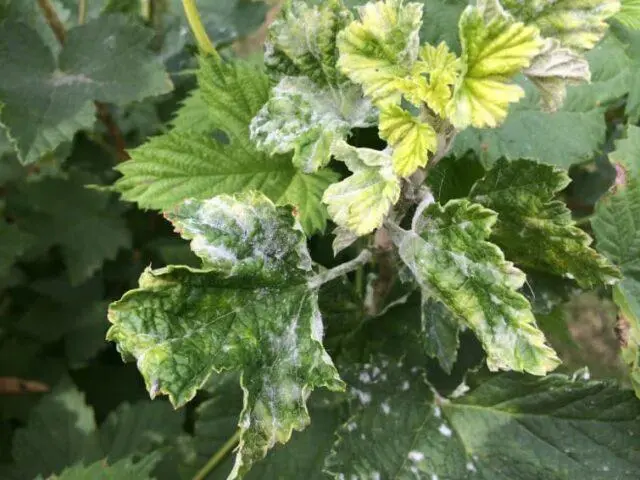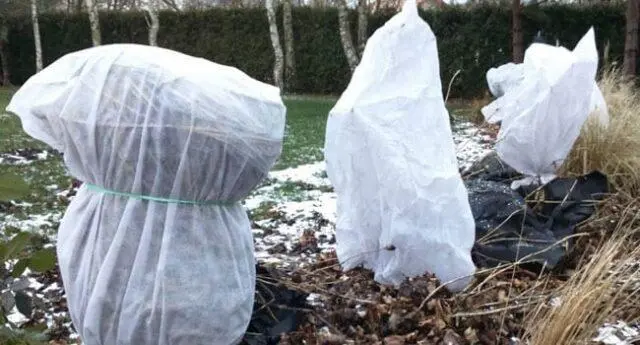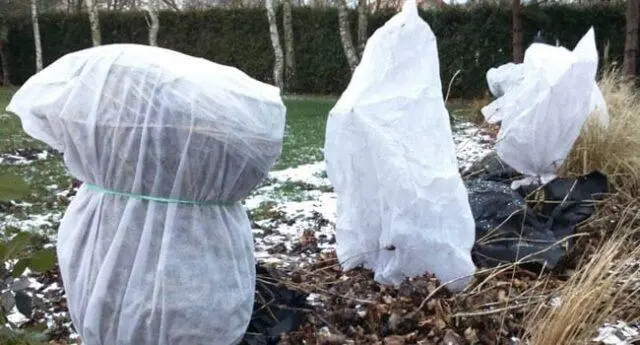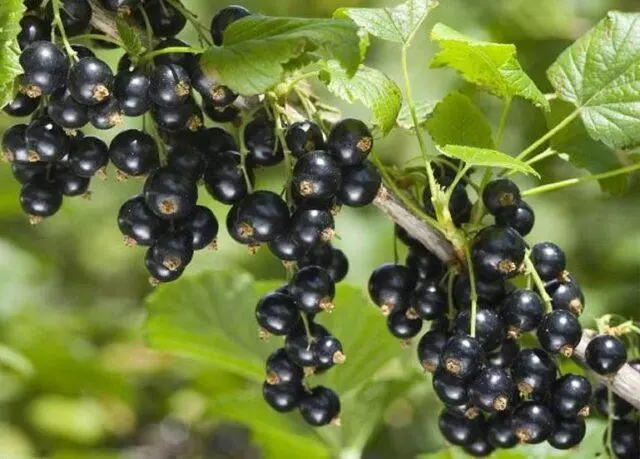Contents
Late Altai currant is a variety known for more than 20 years. It has a pleasant taste, gives a stable harvest. The main fruiting occurs at the end of July – the beginning of August, for which the variety got its name. The culture is unpretentious, tolerates frost well, grows normally even on depleted soils. Therefore, almost any gardener can handle the cultivation.
History of breeding
Late Altai is a blackcurrant variety bred by Lilia Nikiforovna Zabelina on the basis of the Federal State Budgetary Scientific Institution “Federal Altai Scientific Center for Agricultural Biotechnology”. The culture was obtained on the basis of varieties: Klussonovskaya, Composite and Dove Seedling.
The application for admission was submitted in 1997. The variety was included in the State Register in 2004. Currant is recommended for cultivation in regions with an unfavorable climate:
- Western Siberia;
- Eastern Siberia;
- The Urals.
The name of the variety is associated with later maturation compared to most other varieties. The Altai late crop begins to be harvested in early August.
Description of currant variety Altai late
The currant bush is medium tall (130–150 cm), with straight shoots. Young branches are light green in color, with time they become pale yellow, with a glossy surface. The shoots are thin, the thickness is medium. The buds are pinkish, small, ovoid, on a short stalk, located singly.
Currant leaves Altai late five-lobed, light green, tender, without roughness. At the base of the leaf there is a small notch, along the edges there are small sharp teeth. The petioles of the leaf plates are thin and long, of a light shade, forming an acute angle (30 degrees) with the shoots.
The flowers are small, the sepals are scarlet, raspberry hue. Petals deviated, cream-colored. The brushes of the late Altai currant are thin and long, each of them has 6–13 berries. The stalks have a slight pubescence, the length is medium.
The main characteristics of the berries:
- rich black;
- large – 1,1 to 1,2 g;
- round shape;
- there is a tubercle in the region of the stalk;
- come off dry (the pulp does not remain on the branch);
- the number of seeds is small;
- grain size is average;
- the skin is elastic, thin.

The Altai late variety is valued for its pleasant taste and stable yield.
The taste of currant berries is pleasant, with pronounced sweetness and a characteristic aroma. The fruits contain the following components:
- dry matter – 9,2%;
- Sahara – up to 8,0%;
- acids – up to 3,4%;
- vitamin S – up to 200 mg per 100 g;
- pectin – 1,1%.
Features
The late Altai variety was specially bred for the climatic conditions of the Urals and Siberia. Therefore, the currant is unpretentious, it tolerates frosts and temperature extremes in the warm season. If the basic rules of cultivation are observed, it gives a stable harvest that does not depend on weather conditions.
Drought resistance, winter hardiness
Currant variety Altai late winter-hardy, withstands Siberian frosts below -35 ° C. The drought resistance of the culture is average, so in the hot season it is necessary to monitor regular weekly watering.
Pollination, flowering period and ripening period
Late Altai currant is a self-fertile plant, therefore it does not need pollinators or group planting of other varieties. Flowering occurs in the second half of June – early July (total duration 10-14 days). Harvest ripens at the end of July, the main wave of fruiting falls on the first decade of August.
Yield and fruiting
The yield is quite high: on average, 2,5–2,8 kg of delicious berries are harvested from a bush. The variety can also be grown on an industrial scale: the yield per hectare is 8–9 tons. Fruiting later – the first days of August. Harvesting can be done manually or mechanically.
Disease and pest resistance
The currant variety Altai late is often affected by powdery mildew, this problem is observed when grown in the Central region. The plant is resistant to major diseases and pests: anthracnose, columnar rust, septoria, bud mites.

When powdery mildew is affected, all affected shoots are removed, after which several treatments are carried out with an interval of 7–10 days
As a preventive measure, it is recommended to spray the bushes with fungicides in early spring. To do this, use effective drugs (one to choose from):
- Bordeaux liquid;
- “Topaz”;
- “Fitoverm”;
- “Score”;
- “Maksim”.
When insects are found, insecticides are used:
- “Biotlin”;
- “Decis”;
- “Confidor”;
- “Aktara”;
- “Match” and others.
Late Altai currant bushes are treated with a solution of ash and soap, an infusion of tobacco dust, chili peppers, onion peels, mustard, or a decoction of marigold flowers.
Advantages and disadvantages
The variety is valued for its high yield, pleasant taste, winter hardiness and unpretentiousness.

Blackcurrant Altai late gives large and tasty berries with a pleasant aroma
Pros:
- productivity is high, stable;
- harmonious taste;
- berries are strong, keep their shape;
- it is convenient to collect manually and mechanized way;
- good winter hardiness;
- resistance to a number of diseases and pests;
- undemanding of soil composition;
- self-fertility
Cons:
- may suffer from powdery mildew;
- bushes need preventive treatment.
Features of planting and care
Currants of this variety are grown on any soil. But if the soil is depleted, then in the fall, when digging, humus or compost is covered in an amount of 5–7 kg per 1 m2. If the soil is clayey, it is recommended to add sawdust or sand at the rate of 500 g per 1 m2. The site should be sunny and protected from the winds, for example, along the fence.
Landing is carried out in the second half of April or early May. The standard algorithm is to dig several holes 50–60 cm deep with an interval of 1,5–2 m. other materials.
During cultivation, follow a few simple rules of care:
- Watering weekly, in drought – 2 times more often. Water is used settled tap or rain.
- In the heat, it is advisable to spray the crown in the late evening.
- Starting from the second season, fertilizers are applied. In April, they give 1,5–2 tbsp. l. urea for each bush. In June-July (flowering phase) they are fed with superphosphate (50 g per bush) and potassium sulfate (40 g per bush).
- After watering, the soil is loosened.
- Weeding is done as needed.
- Young bushes are covered for the winter with burlap or agrofibre. Previously, the branches are bent to the ground and tied up. You can simply cover it with material and fix it with a rope at the base, as shown in the photo.

Young seedlings of Altai late currant are recommended to be insulated for the winter
Conclusion
Late Altai currant is a variety suitable for cultivation in almost all regions of Our Country: from the middle zone to Eastern Siberia. Even with minimal care, the bushes give a fairly high yield. Berries are sweet, have a pleasant taste. They can be used both fresh and for various preparations (jams, fruit drinks, preserves and others).
Reviews with a photo about currant varieties Altai late











